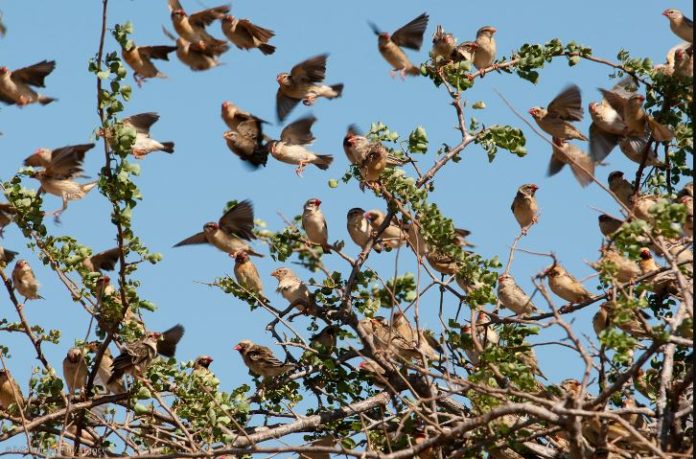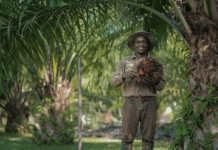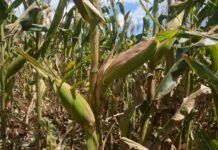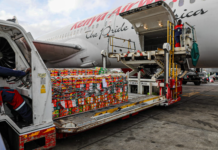An estimated 21 million red-billed (Quelea quelea) birds are currently ravaging rice, sorghum, millet and wheat fields in eight regions in the southern highlands, central and lake zones of Tanzania.
The invasion of unusual large populations is threatening other regions in the country. The pest has also been reported in Botswana and Zimbabwe farming areas. The average quelea bird eats around 10 grams of grain per day, so a flock of two million can devour as much as 20 tons of grain in a single day. With an estimated adult breeding population of at least 1.5 billion.
Providing timely support to safeguard livelihoods
Without time-critical assistance, the current Quelea quelea birds outbreak will worsen the vulnerable farming households’ food and nutrition insecurity already threatened by other crises and disasters such as COVID-19 and inflation brought about by the ongoing Ukraine-Russia war.
In response, the Food and Agriculture Organization of the United Nations (FAO) has released half a million US dollars to beef up the government of Tanzania response efforts in urgent ground and aerial spray operations, surveillance and capacity building in alternative methods for controlling Quelea quelea in affected areas in Tanzania.
“The current outbreak has proven elusive to the efforts of the Ministry of Agriculture in Tanzania due to the unprecedented populations of Quelea quelea birds. FAO’s timely intervention will significantly improve our chances to curb the outbreak and save farmers’ crops,” Musa Chidinda, Coordinator of the Quelea quelea control operations in the Tanzania Ministry of Agriculture said.
“The immediate goal is to significantly reduce the population of Quelea quelea birds in affected regions so that they don’t cause more damage to the farmers’ crops. The resources are needed to put up effective early warning systems as well as community-based Integrated Pest Management approaches,” Tipo Nyabenyi Tito, FAO Representative in Tanzania said.
Improving coordination and awareness
Leveraging FAO’s existing digital tools in surveillance, the movement of the flocks will be monitored to guide aerial spray operations and treat the affected fields safely and effectively. Massive awareness campaigns will be conducted to educate communities on these hostile birds outbreaks and coping mechanisms.
“Additionally, the capacities of the extension staff and communities will be developed for integrated management of these devastating birds and improve food security and livelihoods,” Lewis Hove, FAO Subregional Office for Southern Africa Resilience Team Leader said.
Through the intervention, partners and government stakeholders will be involved in the response efforts, and to ensure efficiency in curbing future Quelea quelea outbreaks. A study analysis of the variation of Quelea quelea population will be conducted to determine the underlying cause of the current surge.








